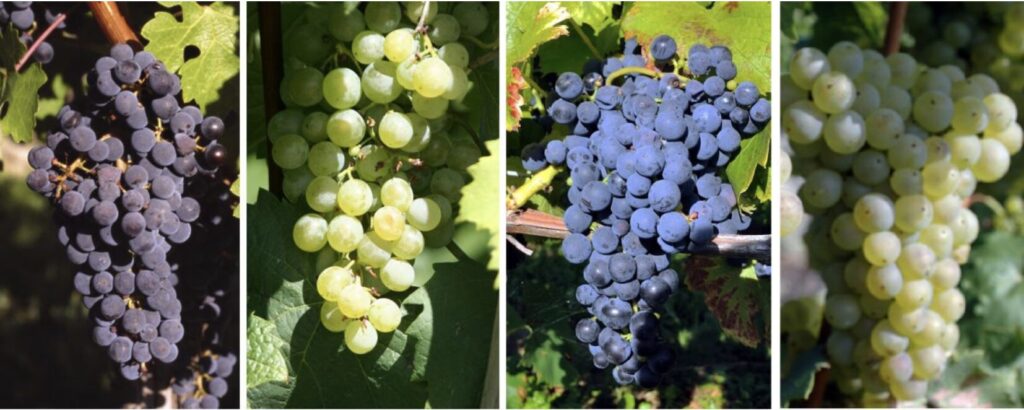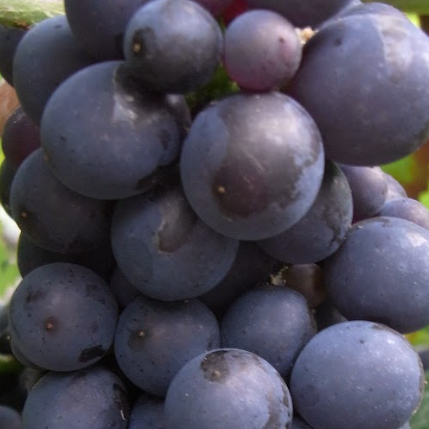By SommDom

Back to the future
I returned to Plumpton College recently, as a visiting lecturer, to deliver a seminar on ‘Wine Law’ to the wine department. I practiced as a lawyer for 25 years before becoming a sommelier, and now, blending passion with profession, I’ve formulated a syllabus introducing wine students to niche areas of legal regulation. From tariffs and trade to labelling and licensing, this is a fast-evolving field. Specialist knowledge in wine law is rare outside major producing nations, and Plumpton is leading the charge in bridging that gap.
The college is an excellent centre of learning for all entrants to the rural economy. Its wine courses, largely hands-on, prepare students for UK viticulture and offer a solid foundation for international wine trade. For me, it was ‘FOMO’ – the fear of missing out on fascinating wines from obscure regions – that led me to study wine, partly at Plumpton and partly elsewhere. So this was a homecoming, of sorts.
Plumpton has had an outsized impact on the English wine industry. No English wine producer remains untouched by its teachings. It’s English viticulture’s equivalent to Oxbridge: a nexus where connections form, philosophies emerge, and dogmas crystallise. Established in 1926 as the East Sussex School of Agriculture to boost home-grown production, it became England’s viticultural heart thanks to Bordelais trained winemaker Chris Foss, who founded the country’s first school of winemaking there in 1988. Foss led the department for over 30 years. Stewardship now rests with Sussex-born Sam Linter, who sold Bolney Estate – one of our few larger scale profitable vineyards – to the global sparkling giant Henkell-Freixenet (see ROSA #8).
Climate change, hybrids, and the legal landscape
Global warming has extended England’s grape ripening window, but brought new volatility, in the shape of late spring frosts that can wipe out harvests entirely, wetter autumns that can breed rot and mildew just before harvest, and drought and wildfire in drier zones.
We can learn a lot from across the Channel, where Plumpton’s German counterpart – Geisenheim University in the Rheingau-Taunus region – faces similar challenges. Like Sussex, Rheingau-Taunus is on the 50th parallel, divided administratively, and bounded to the south by water. Geisenheim is pioneering the development of climate-resilient grape varieties known as PiWis, short for Pilzwiderstandsfähig, meaning fungus-resistant. Conventional farming relies on heavy machinery and chemical sprays to combat disease. But genetic engineering offers another path, albeit one fraught with consumer mistrust.
Enter NGTs, or new genomic techniques. Unlike 1990s-era genetic engineering, NGTs avoid transplanting foreign genes. Instead, they fast-track evolution by crossbreeding within the plant’s own gene pool. These hybrids adapt more swiftly to changing conditions. Following a 2025 EU law change enabling regulation of NGT-grown plants, Geisenheim is now decoding gene differences to select the most robust clones.
Legal complications: pure vs hybrid
I explained to the Plumpton students that hybrid varieties – often seen as ‘impure’ compared to noble vitis vinifera grapes – remain barred from the highest tier of AOC wines (called Protected Designations of Origin or PDOs). Since the 1930s, France (and now the EU) has strictly limited grape varieties permitted in controlled PDO appellations. Champagne, for instance, allows just seven, with three dominating: Chardonnay, Pinot Noir, and Meunier.
Ironically, post-Brexit EU rule relaxation has left the UK scrambling to catch up. A consultation launched in 2023 by DEFRA has yet to legalise hybrids in wine PDOs. Take Seyval Blanc, a successfully grown English hybrid – yet its exclusion from English Sparkling Wine appellations has polarised producers. Purists who seek to mimic Champagne reject it; the old guard celebrate its British character. Gridlock prevails. English PDO rules have not budged since 2011, permitting only Champagne’s grape trio. Seyval and other hybrids remain Cinderella-like – left outside the ball.
Sussex vineyards: quietly hybrid
Only around 4% (100 acres) of Sussex vineyards grow hybrids. Leading the charge is Solaris, a PiWi with 30 acres planted. Its organic-friendly profile ripens easily without chemical intervention. Producers include Tillingham (Rye), Court Garden (Ditchling), and Seddlescombe (Rother Valley). Tasting notes? Think restrained aromas of white peach and pink grapefruit, flecked with fennel and hazelnut, finishing creamy, tense, and flinty. Solaris, developed by Geisenheim in 1975, now has a Muscat-crossed descendant called Muscaris which manifests in the mouth as a more grapey and honeyed version of its parent.
Seyval Blanc follows, with 25 acres. This variety anchors Breaky Bottom’s output in Rodmell, planted by Peter Hall over 50 years ago (see ROSA #5). Bluebell Vineyard (near Sheffield Park) also produces excellent Seyval, and Fitz (Worthing) uses it in their Charmat-method sparkling (ROSA #6). Seyval arguably best expresses the English countryside in vinous form: blackthorn, elderflower, orchard fruits, camomile, honeysuckle. Yet it’s still not admitted in Sussex and English PDO sparkling wines. Its progeny, Souvignier Gris – a pink skinned hybrid crossed with both Riesling and Traminer – shows promise. Even red PiWis are making waves: Artelium’s Artefact series features Cabaret Noir, offering plum, cherry, violet and mocha aromas with structured but delicate tannins.
Future-proofing with flair
Legal barriers remain, but winemakers – rebels and romantics at heart – are pushing boundaries with hybrids. With climate change rewriting viticultural norms, hybrid and genetically selected varieties are no longer fringe; they’re frontier.
Plumpton and Geisenheim are incubators of innovation, nurturing new talent and future-proof grape varieties. Consumer caution about unfamiliar grapes lingers, but evolution is essential. Without experimentation, the industry – like the vines themselves – may wither.
SommDom is the nom de plume of Dominic Buckwell

